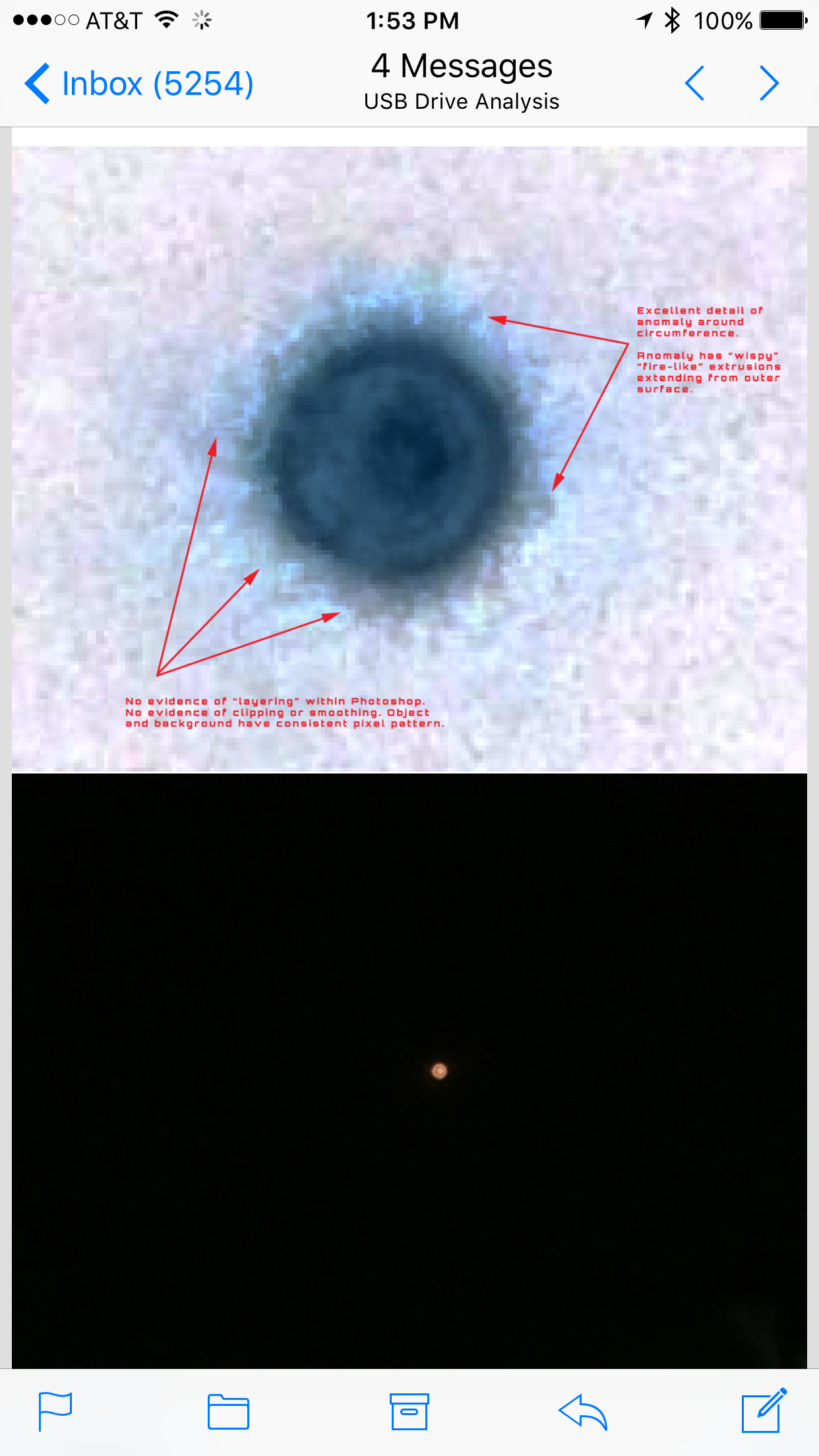
Just winding down from work and wanted to relax with a thought experiment.
Whether or not it’s legit or not, it really looks to me like the symbols Sheehan showed are meant to be a phonological system for representing a language’s sounds as articulated by a mouth.
The line that’s in the center of every symbol seems to represent a tongue, maybe standing for a vowel or several (perhaps the native speakers are supposed to substitute the correct vowel without a diacritic as in some writing systems).
The symbols around that line seem to represent either constants or a pseudo vowel like “h.”
The two dots maybe represent teeth, a dental sound.
The triangular shape might represent a kind of liquid or rolled consonant.
The more curved shapes too, or maybe they represent an open vowel without a consonant like aaa or iii.
Then the symbols that look like little lines around the long line might represent the lips closing around/in front of the tongue in a sound like b or p .
In general I’m reminded of Korean, which marks vowels and consonants with little shapes that out together make up a kind of character. Like 하지만 나는 한국어보다 일본어를 더 잘 안다.
When I look at this, I get the feeling of a language that often has a CVC structure, with a few V only or CV syllables thrown in once in a while. But in any case, written in a syllabic way.
This is not fully serious, like I said, more a fun engagement with it.
EDIT: But now I want to read about the evolutionary history of the teeth and tongue, how many times did they independently evolve or fork off into very different anatomies on Earth. 🤔🤔🤔
submitted by /u/akumajouresident
[link] [comments]